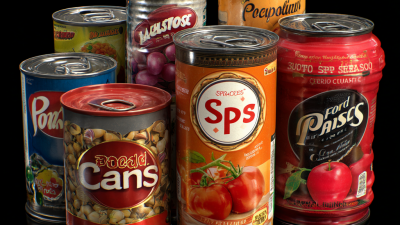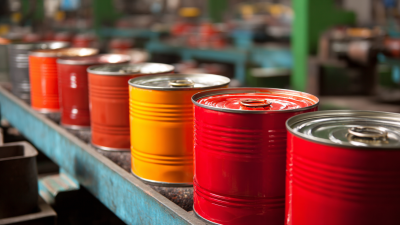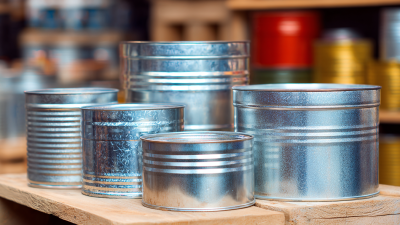 +817089618688
+817089618688
Free Standard Samples can be provided for you to check the quality.
Leave Your Message
When it comes to culinary creations, the choice of ingredients can significantly impact the final result, and food cans are no exception. This ultimate guide is designed to help you navigate the wide array of food cans available on the market, ensuring you make informed decisions that align perfectly with your culinary needs. From understanding the different types of canned goods, their nutritional benefits, and their versatility in various dishes, to tips on how to select high-quality options, this guide will empower you with the knowledge to elevate your cooking experience. Whether you are a seasoned chef or a home cook exploring new recipes, discovering the right food cans can open up a world of flavors and convenience.
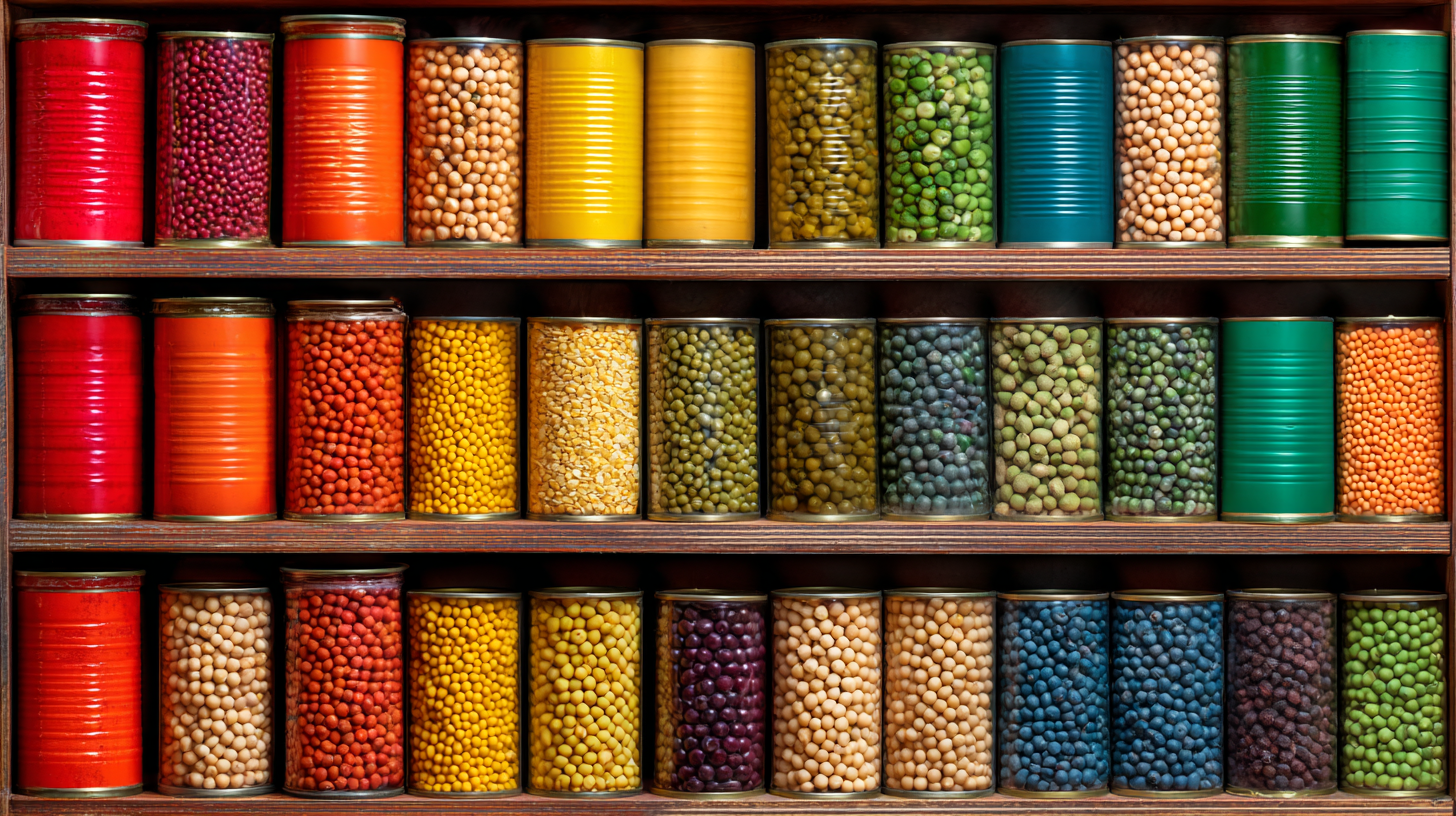
Join us as we delve into everything you need to know about choosing the ideal food cans for your kitchen!
When it comes to home cooking, understanding the different types of food cans can significantly enhance your culinary experience. Baked beans, soups, vegetables, and fruits are just a few examples of the diverse offerings found in canned form. A report by the Food and Agricultural Organization indicated that canned foods retain their nutritional benefits, confirming that they’re a practical choice for health-conscious consumers. The canning process preserves vitamins, minerals, and even fiber, making it an efficient way to stock up on essential nutrients.
Tip: Look for cans labeled as "BPA-free" to ensure that you are consuming safer products. Additionally, consider choosing low-sodium options, which can help maintain a healthier diet without sacrificing flavor.
While the variety of canned goods available might seem overwhelming, it is crucial to understand the nuances in their benefits. For instance, canned tomatoes are known to have higher levels of antioxidants compared to their fresh counterparts, according to a study published in the Journal of Food Science. Canned foods not only provide convenience and shelf stability, but they can also be a great way to integrate more seasonal ingredients into your meals year-round.
Tip: Always check the expiration date and choose cans without dents or rust, as this ensures the quality and safety of the food inside.
When choosing canned foods, understanding their nutritional values is essential for maintaining a healthy diet. Canned goods can be a convenient option, but it’s crucial to select options that are low in sodium and sugars. Registered dietitian Tara Mauro emphasizes that some canned foods can retain their nutritional value, making them a practical choice for quick meals. For instance, beans and tomatoes are not only cost-effective but also rich in fiber and vitamins, providing a wholesome addition to various recipes.

Recent findings highlight that not all canned foods are created equal. Dietitians recommend keeping seven of the healthiest canned options in your pantry, such as fish, legumes, and vegetables, as these items are not only nutritious but also versatile. Importantly, the new FDA Nutrition Facts label now reflects updated scientific information, making it easier for consumers to make informed choices about their food selections. By taking the time to read these labels, consumers can select canned items that align with their dietary needs and contribute to overall well-being.
When it comes to culinary creations, selecting the right can sizes and types can significantly influence your cooking experience. Different recipes call for specific volumes, and understanding these nuances is crucial to achieving the desired outcome. For instance, a standard 15-ounce can of beans might suffice for a single dish, while a 28-ounce can may be necessary for larger family meals or batch preparations. By being aware of the differences in can sizes, you can ensure that you have the perfect ingredient quantities for your culinary needs.
Moreover, the type of food in the can is just as important as its size. Some recipes may require whole tomatoes, while others benefit from crushed or diced options. Assessing the variety of ingredients available in cans can enhance the flavors and textures of your dishes. Additionally, opting for low-sodium or organic canned goods can help you align your meals with your health goals. By taking the time to carefully evaluate the can sizes and types suited for your recipes, you can elevate your cooking and avoid potential mishaps in the kitchen.
When selecting food cans for your family's culinary needs, the debate between BPA-free and traditional cans is a crucial consideration. Bisphenol A (BPA), a chemical found in many traditional can linings, has raised safety concerns due to its potential health risks. A recent study published in the Journal of Food Science indicated that over 40% of canned food products on the market still contain BPA, linking its exposure to various health issues such as hormonal disruptions and increased risks of certain cancers. In contrast, BPA-free cans, which utilize alternative materials, have emerged as a safer option for the health-conscious consumer.
Tip: When shopping for canned foods, look for labels explicitly stating “BPA-free.” Additionally, consider brands that prioritize natural ingredients and environmentally friendly packaging, as these often align with safety standards.
Research suggests that choosing BPA-free cans can significantly reduce BPA levels in the body. A report from the National Institutes of Health found that individuals who switched to BPA-free food containers showed a remarkable drop in urinary BPA levels within just three days. Furthermore, the demand for BPA-free products has encouraged more manufacturers to adopt safer alternatives, thereby enhancing consumer choice and safety.
Tip: Always check for certification logos or third-party testing which indicate that the packaging meets stringent safety guidelines. This can be particularly reassuring for families with young children or pregnant women who may be more susceptible to the effects of chemical exposure.
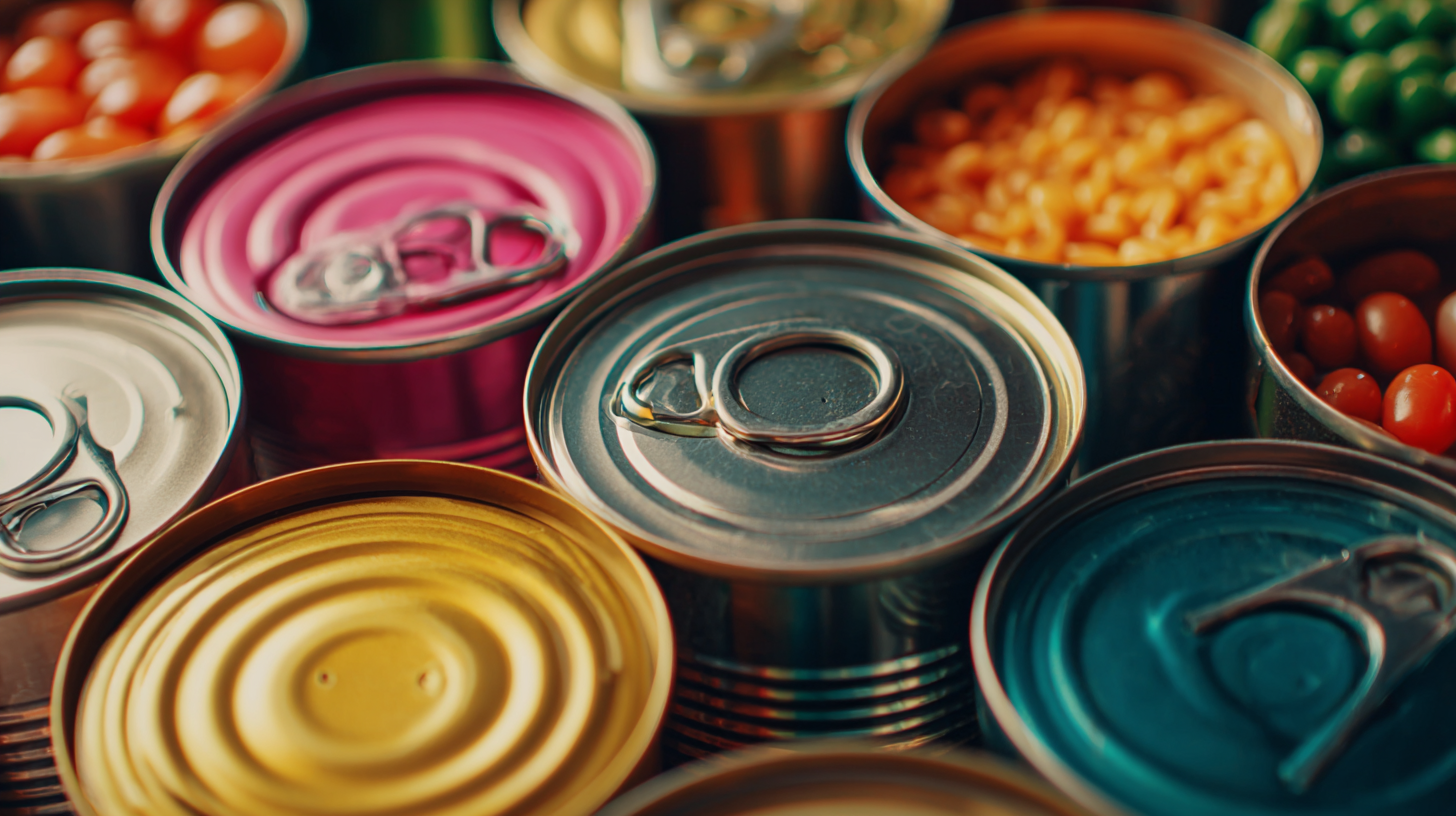
When it comes to selecting the right food cans for your culinary needs, understanding how to decode the information on labels is essential. Start by examining the ingredient list, which is usually displayed prominently. Ingredients are typically listed in descending order by weight, so the first few components will have the most significant impact on both flavor and nutritional value. Look for whole, recognizable foods, and try to avoid products with lengthy lists filled with preservatives or unfamiliar additives.
Next, pay attention to the nutritional information panel. Here, you'll find key details such as calories, serving size, and amounts of sodium, sugars, and other important nutrients. A lower sodium content is particularly crucial for those watching their blood pressure, while dietary fiber can be beneficial for digestive health. Take note of daily value percentages, which offer a quick reference for how a particular food fits into your overall daily diet. By carefully evaluating these elements, you can make informed decisions that align with your health goals and taste preferences.

